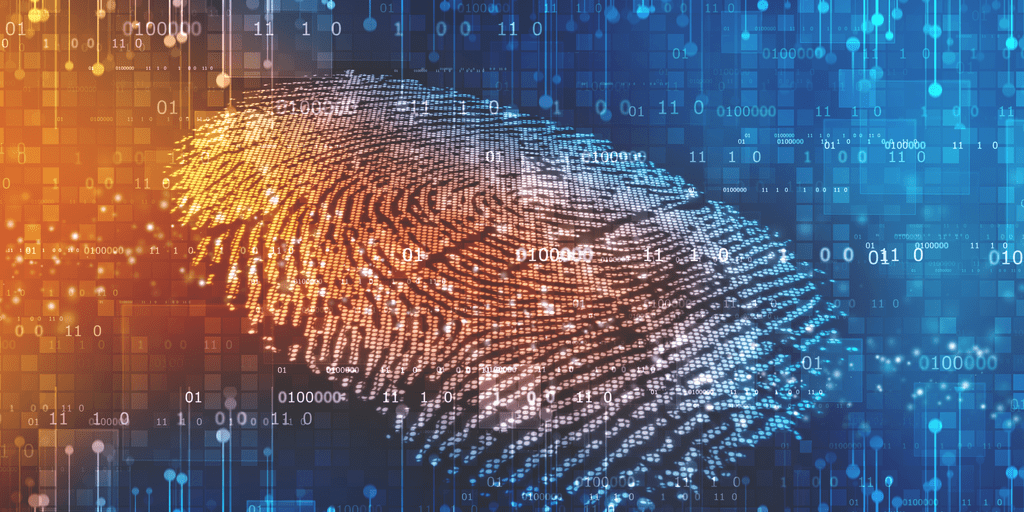How to Do Cyber Forensic Investigation with SOAR?


The incident response process is incomplete unless the cyber forensic investigation takes place. In fact, forensic investigation helps in identifying the causes of the attack and the main culprits behind the attack. Usually, the Computer Security Incident Response Team (CSIRT) has to gather forensic details such as logs or artifacts in the aftermath of the incident. Doing so manually is a daunting task as data is supposed to be collected from multiple sources such as the operating system, memory, network, or even cloud.
Many organizations involve multiple tools to deal with alerts and perform forensic investigations. Collecting data from multiple sources is time-consuming. To deal with this problem, Security Orchestration, Automation, and Response (SOAR) tool] come into place.
In this article, we will gain an insight into knowing how SOAR tools help in performing a cyber forensic investigation.
Evidence collection is a very important component of any successful incident response process. It requires several simultaneous processes. However, defined actions must be performed clearly and incident response processes must be standardized based on international standards. Moreover, the best practices should be established and need to be fully documented. All these steps are mundane and performing them manually is time- and resource-consuming. However, the SOAR tool helps in achieving all these with great accuracy.
With SOAR’s orchestration capability, CSIRT teams can integrate multiple tools at a centralized place and manage cyber forensic investigation with a single dashboard. With an automation feature, SOAR can automate incident response processes as well as various other security features that result in minimizing the involvement of human beings.
If the compromise is detected, SOAR can collect relevant logs by executing template queries against the SIEM solution. After that, as further evidence, SOAR takes a disk image and initiates a memory dump for CSIRT teams. All artifacts related to various incidents are stored at a centralized repository.
After collecting all the necessary data and evidence, security analysts can understand the post-incident scenario and know what appropriate steps should be taken afterwards.
Besides, the SOAR platform provides a forensic investigation and evidence management solution that is designed to manage, store, and report on information collected during the digital investigation operations with the option for incident categorization and segregation of duties. With these security best practices, security analysts can define policies and procedures, integrations and advanced reporting with common digital forensic tools to support investigators in carrying out incidents, evidence, and record management.
Cyber forensic investigation is a critical component of any successful incident response process. However, performing cyber forensic investigation manually is a time-consuming and daunting task. Collecting necessary data and evidence from disparate sources requires concerted efforts. However, SOAR can help with dealing with this problem. With SOAR’s orchestration and automation feature, security analysts can perform cyber forensic investigations with great accuracy and effectiveness.
More importantly, Logsign SOAR is the next-gen security solution whereby you can perform a cyber forensic investigation. Logsign helps organizations to combat cyber threats and attacks, automate digital forensics, and minimizes the chances of future incidents.